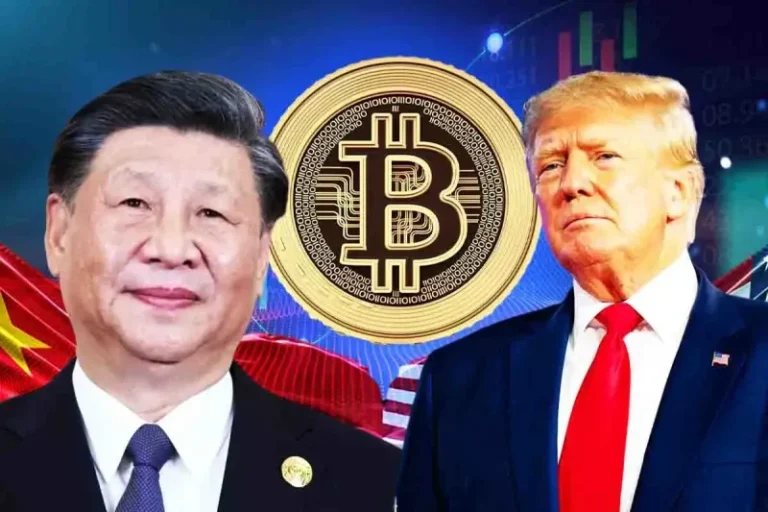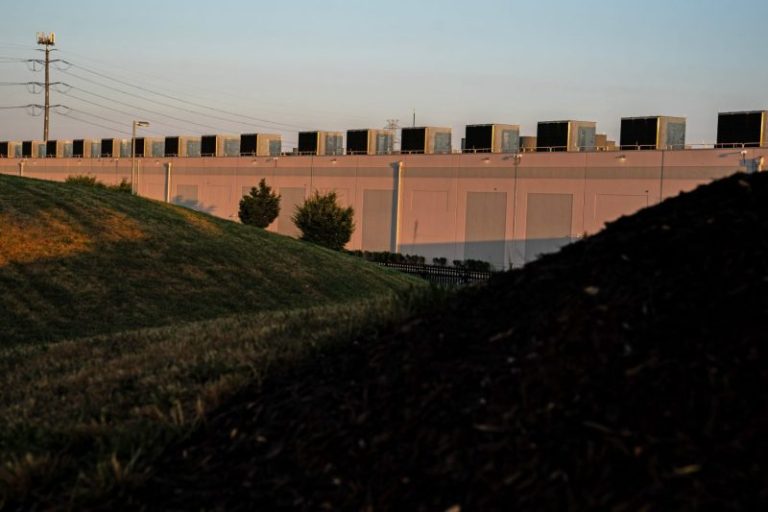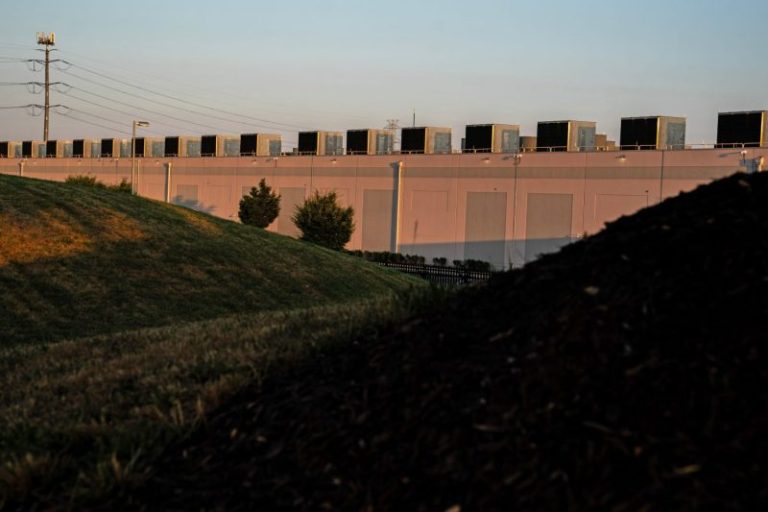China has denied any talks between Donald Trump and Xi Jinping regarding tariffs, a development that has again cast more uncertainty amid the ongoing trade war between the two countries. The crypto market sharply dropped following this report, as the tariff war still lingers in the back of market participants.
Crypto Market Reacts As China Denies Talks Between Trump & Xi
The crypto market dropped as the Chinese embassy denied tariff talks between Donald Trump and China’s President, Xi Jinping. The embassy told the US to stop creating confusion, as market participants question where exactly both countries stand on the ongoing trade war.
The Bitcoin price and other altcoins had rebounded following Trump’s TIME Magazine interview in which he stated that he spoke with President Xi Jinping regarding tariffs. However, the market dropped following China’s denial of any talks between the two countries.
It is worth mentioning that this is not the first time China has contradicted statements made by Trump and the US. As CoinGape reported, the US President remarked that they were having active daily talks, which China quickly denied, stating that both countries had made no progress regarding the trade war.
Despite the crypto market surge, led by Bitcoin, which broke above $90,000, market participants are undoubtedly still bothered by the ongoing US-China trade war. At the moment, the US has imposed 145% tariffs on Chinese goods, while China has retaliated by imposing 125% tariffs on US goods.
Despite this setback for the crypto market, Bitcoin and other altcoins look likely to sustain their bullish momentum if the US Dollar continues to weaken, as investors view BTC and Gold as a safe haven.
Experts remain bullish on Bitcoin’s trajectory. Renowned financial author Robert Kiyosaki predicted that the BTC price can still reach between $180,000 and $200,000 this year. Cathie Wood’s Ark Invest also recently released a report, predicting a base case of at least $710,000 per BTC by 2030. The broader crypto market will also rally as BTC reaches these heights.
The post China Denies Tariff Talks Between Donald Trump & Xi Jinping, Crypto Market Reacts appeared first on CoinGape.






